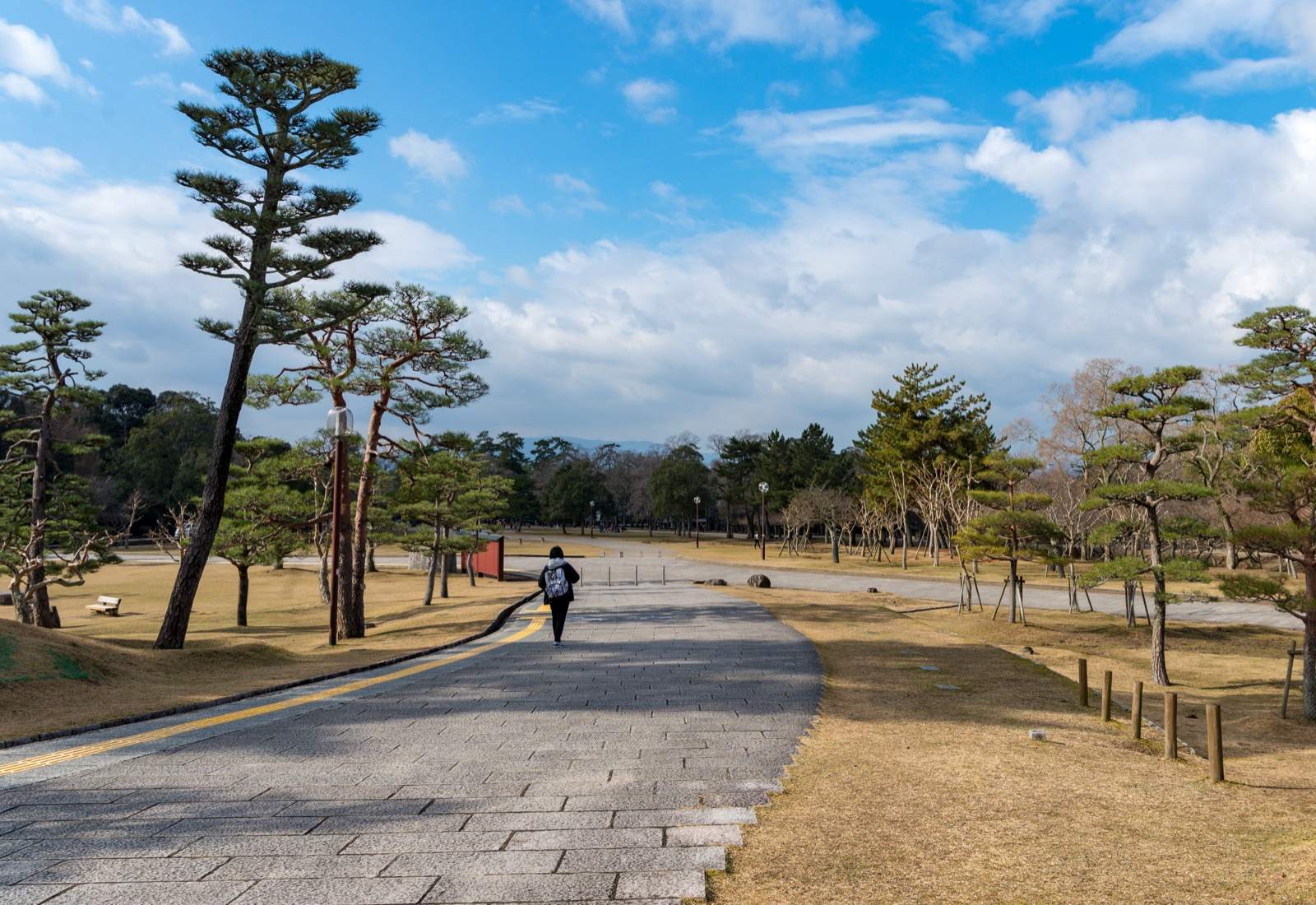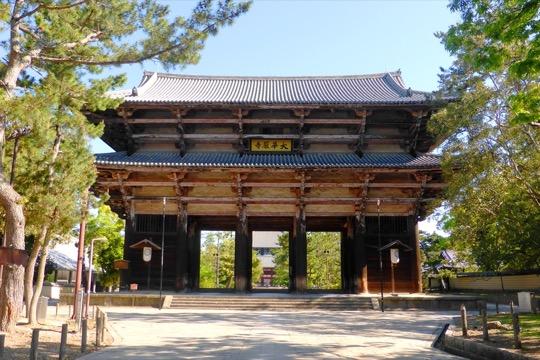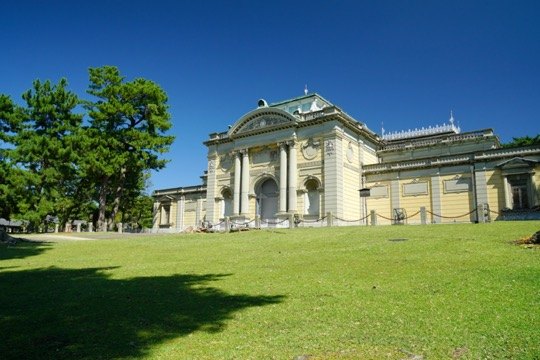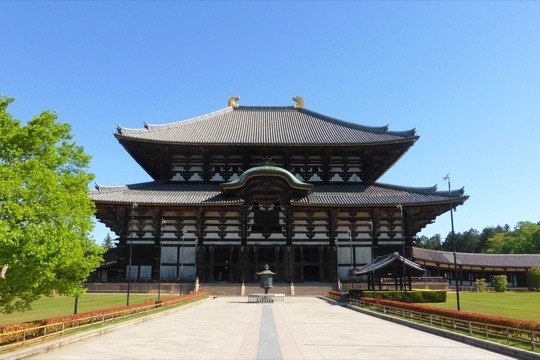
On This Page
Nara Park, established in 1880, is an expansive public park in Nara, Japan, celebrated for its historical temples and the iconic free-roaming sika deer. This verdant haven is a reflection of Japan’s rich heritage.
Nara Park, known locally as Nara Koen, encompasses many of Nara’s historically significant sites, contributing profoundly to the cultural tapestry of Japan. Spanning about 660 hectares, the park is home to hundreds of freely wandering sika deer, revered in Shinto as messengers of the gods. The deer have become a symbol of the city, contributing to its unique atmosphere and drawing visitors globally.
The park is situated near important temples and shrines dating back to the 8th century when Nara was Japan’s capital. Among these is the Todaiji Temple, a UNESCO World Heritage Site known for its Daibutsu (Great Buddha), one of the largest Buddha images globally. The temple’s Daibutsuden (Great Buddha Hall) is one of the world’s largest wooden buildings, with the current structure having been reconstructed in 1709.
Adjacent to Todaiji is the Nandaimon Gate, a National Treasure of Japan, featuring an impressive wooden structure and two Nio guardian statues. These elements showcase the traditional Nara period architectural style and the site’s religious significance.
The Nara National Museum, within the park, offers insights into the art and culture of Japan, focusing on Buddhist art. Its collection includes historical artefacts, sculptures, and scrolls that provide a window into the nation’s past. The Todaiji Museum complements the historical narrative by displaying treasures from Todaiji Temple and religious art.
Visitors often engage with the park’s peaceful environment, participating in seasonal events like cherry blossom viewing in spring and the autumn leaf colors. The park is a living cultural venue where traditional festivals and rituals take place, including the Omizutori, an annual fire and water purification ceremony at Todaiji.
For a complete experience, a leisurely walk through the park’s quiet areas is recommended, where natural scenery and serene temples await exploration. Interacting with the tame deer, which bow to visitors for special deer crackers, “shika senbei,” often becomes a highlight.
Around Nara Park
Highlights around Nara Park
Nara National Museum
A Meiji-era architectural marvel showcasing Japan’s Buddhist art
Todaiji Temple
Center of Japanese Buddhism and architectural marvel with a significant bronze Buddha.




